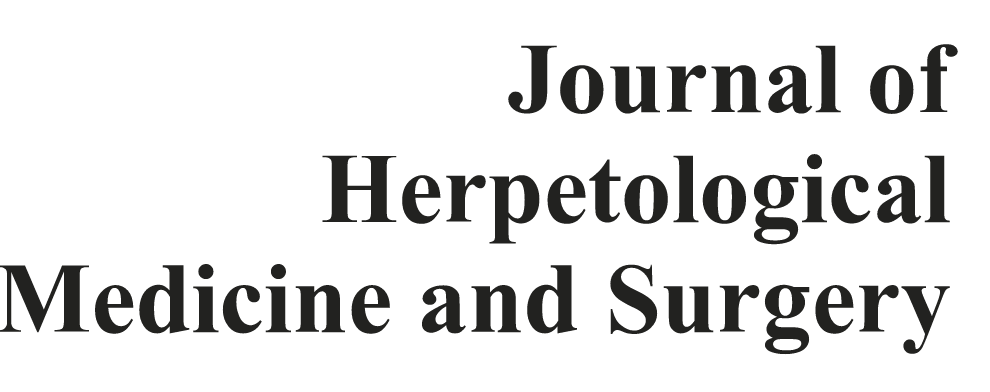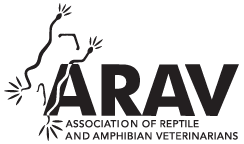Repair of a Comminuted Femur Fracture in a Komodo Dragon (Varanus komodoensis) Using a Double Plating Technique
This report describes double locking compression plate fixation of a moderately comminuted middiaphyseal right femur fracture in a Komodo dragon (Varanus komodoensis). The animal was restrained for a routine examination, during which the dragon struggled to escape restraint. When returned to the exhibit, the dragon did not use the right pelvic limb to walk. A right-sided, closed, middiaphyseal comminuted (type C3) femur fracture was diagnosed using palpation and radiographs, and the animal was transported to a specialty clinic within a few hours for fracture repair. Two locking compression plates were applied in bridging fashion for fracture repair. Radiographs performed at the 4-month postoperative recheck revealed a healed fracture with significant callus formation and stable implants. The dragon was transitioned from cage rest in a restricted space to his normal large exhibit after healing was confirmed, no lameness was observed, and normal limb use was noted. After almost three years, he is still ambulating normally and without lameness. This is the first report of successful femur fracture stabilization using bone plate fixation in a Komodo dragon.Abstract

Preoperative radiograph, right femur of a 5-yr-old intact male Komodo dragon (Varanus komodoensis). A. Mediolateral projection, closed complete middiaphyseal comminuted cranially displaced right femoral fracture. Cr, cranial; Cd, caudal. B. Craniocaudal projection, closed complete middiaphyseal comminuted laterally displaced right femoral fracture. Lat, lateral; Med, medial.

Immediate postoperative radiographs, right femur of a 5-yr-old intact male Komodo dragon (Varanus komodoensis). A. Mediolateral projection. Major femoral segments were stabilized with two plates with one being a precontoured 12-hole 2.4-mm locking bone plate (LCP® DePuy Synthes Veterinary, West Chester, PA, USA) applied to the lateral aspect of the femur with four 2.4-mm locking screws inserted in the proximal segment and three 2.4-mm locking screws inserted in the distal segment. The second was an eight-hole 2.0-mm locking bone plate (LCP® DePuy Synthes) applied to the cranial aspect of the femur with two 2.0-mm cortical screws inserted in the proximal segment and two 2.0-mm cortical screws inserted in the distal segment. Alignment and apposition were deemed appropriate. B. Craniocaudal projection.

Two-month postoperative radiograph, right femur of a 5-yr-old intact male Komodo dragon (Varanus komodoensis). A. Mediolateral projection. B. Craniocaudal projection. Assessment of these radiographs revealed that the implants were unchanged since the postoperative images and that the fracture site was healing. The fracture site and comminuted fracture fragments appear to be forming a mineralized callus characterized by a proliferative periosteum.

Four-month postoperative radiograph, right femur of a 5-yr-old intact male Komodo dragon (Varanus komodoensis). A. Mediolateral projection. B. Obliqued craniocaudal projection. Assessment of these radiographs revealed that the implants were unchanged since the postoperative images and that the fracture site was healed. The fracture site was bridged by proliferative, mineralized callus, which incorporated all of the comminuted fracture fragments and appeared to be starting to remodel.



